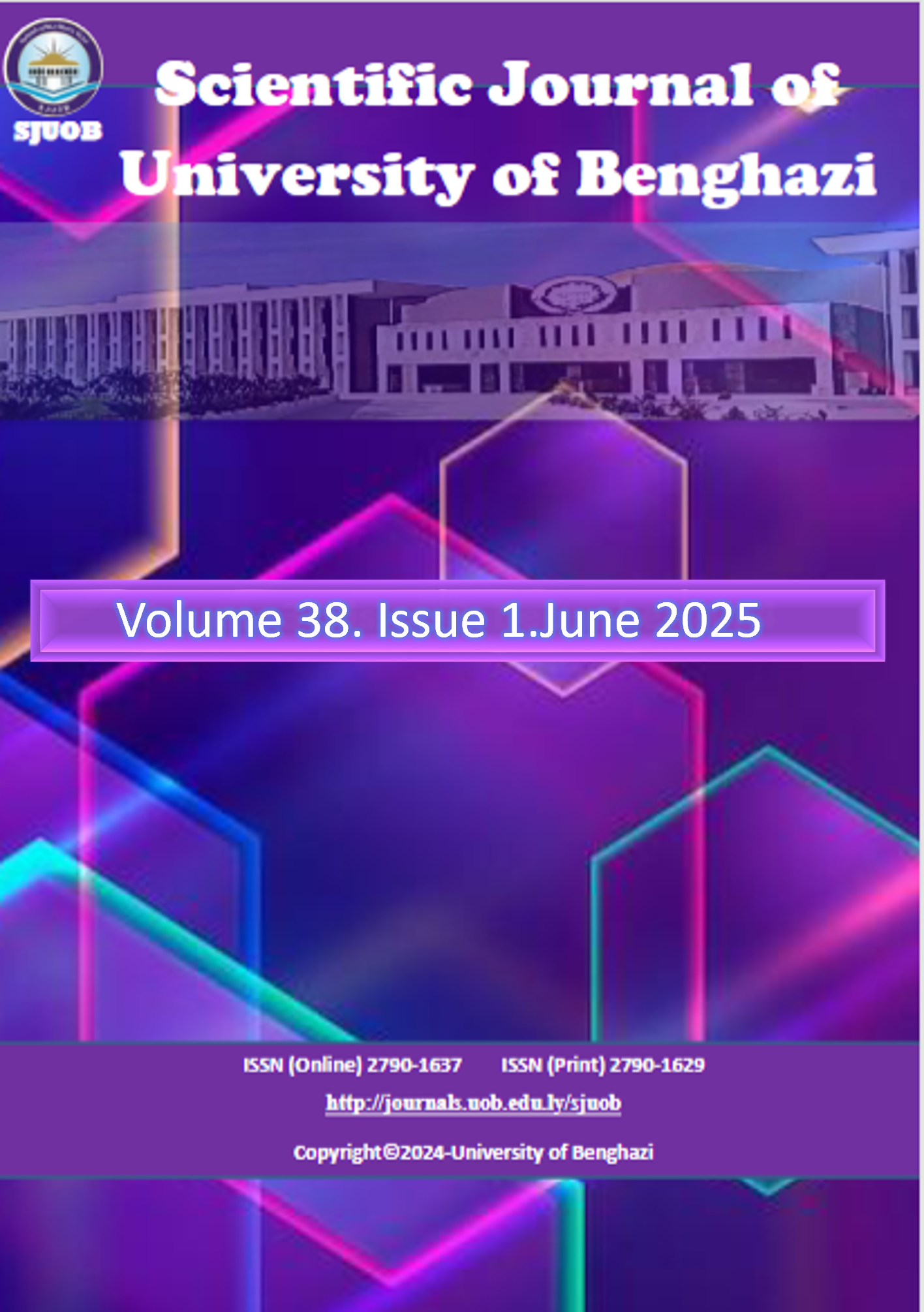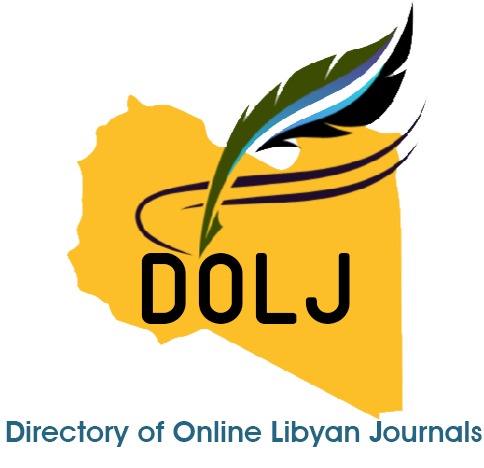The Impact of English Cartoons on Children’s English Language Development: A Case Study
DOI:
https://doi.org/10.37376/sjuob.v38i1.7314Keywords:
English cartoons, environment, innate abilities, interaction, language acquisitionAbstract
Cartoons can teach children a vast amount of information and valuable life lessons in an entertaining and engaging manner. Cartoons can also help children acquire various skills, like collaboration, negotiating, critical thinking, and problem-solving. In addition, cartoon-viewing has been increasingly linked with children’s language development and improvement. Accordingly, this study examined the impact of watching English cartoons on children’s English language acquisition in the Libyan setting. Case study research was conducted, which involved three years of direct observation of a two-year-old Libyan girl. The data analysis and results revealed that a purposeful and consistent approach to watching English cartoons can lead to remarkable English language learning outcomes. Specifically, the child in this study demonstrated notable English language development across various areas, including vocabulary, grammar, sentence structure, pronunciation, comprehension, production, and emotional expression. The findings of this study shed light on the benefits of following a systematic approach to using English language media-based content as an innovative and motivating method for English language teaching and learning in the Libyan home environment and Libyan English language learning classroom.Downloads
References
Kuhl P. Early language acquisition: cracking the speech code. Nature Reviews Neuroscience. 2004;5(10):831-843.
Fernández EM, Cairns HS. Fundamentals of psycholinguistics. Chichester (UK): Wiley-Blackwell; 2011.
Hummel, K. Introducing Second Language Acquisition: Perspectives and Practices. 1st ed. Chichester (UK): Wiley-Blackwell; 2014.
Lightbown PM, Spada N. How languages are learned. 3rd ed. Oxford: Oxford University Press; 2006.
Krashen SD. Principles and practice in second language acquisition. Oxford: Pergamon Press; 1982.
Saville-Troike, M. Introducing Second Language Acquisition. 2nd ed. Cambridge: Cambridge University Press; 2012.
Linebarger D, Walker D. Infants’ and toddlers’ television viewing and language outcomes. Am Behav Sci. 2005;48(5):624-645. Available from:
http://dx.doi.org/10.1177/0002764204271505
Zimmerman FJ, Christakis DA, Meltzoff AN. Associations between media viewing and language development in children under age 2 years. J Pediatr. 2007;151(4):364-368.
Rajulain M. The effect of television programs on children’s foreign language acquisition. Diksi. 2019;27(1):49-55.
Barr R, Wyss N. Reenactment of televised content by 2-year-olds: Toddlers use language learned from television to solve a difficult imitation problem. Infant Behav Dev. 2008;31(4):696-703. Available from:
http://doi:10.1016/j.infbeh.2008.04.006
Alghonaim, A. The influence of watching cartoons in an EFL setting on a child’s language acquisition in Saudi Arabia. Language Teaching Research Journal. 2020;21(4):88-100. Available from:
https://dx.doi.org/10.2139/ssrn.3581322
Poštić S. Influence of Cartoon Network on the Acquisition of American English During Childhood. Verbum. 2015;6:188-195.
Tamba S. The influence of cartoons on children’s English language use and development in Kenema City, Sierra Leone. Int J Engl Lang Stud. 2022;4(3):87-94. Available from:
http://dx.doi.org/10.32996/ijels.2022.4.3.13
Trota MPB, Cabeltis CB, Cadiente NT, Ligan M, Asoy NMC, Bardaje ZL. The influence of watching English Cartoons on English language acquisition: A case of selected Filipino preschoolers. J Educ Lang Innov Appl Linguist. 2022;1(2):105-124. Available from:
https://doi.org/10.37058/jelita.v1i2.5249
Omar YZ, ed. Pedagogical issues in teaching and learning English as a foreign language in Libyan schools’ various settings. Berlin: Democratic Arab Center for Strategic, Political & Economic Studies; 2020.
El Mezughi, K. Understanding Libyan teachers’ intentions and classroom practices in teaching English as a foreign language [Doctoral dissertation]. University of Denver; 2021.
Elramli SM. Professional development for English language teachers in Libya: Beginning and ambition. Faculty of Languages Journal. 2023;2(28):134-152
Yin RK. Case Study Research: Design and Methods. 3rd ed. London, Thousand Oaks, CA: Sage Publications; 2003.
Tobias J. English Cartoon and Home Language on the Listening and Speaking Skills of Pre-Schoolers. n.d. Available from: https://www.academia.edu/25109345/English_Cartoon_and_Home_Language_on_the_Listening_and_Speaking_Skills_of_Pre_Schoolers
Wilhelm, J., Baker, T., & Hackell, J. Strategic reading: Guiding students to lifelong literacy, 6-12. Portsmouth, NH: Boynton/Cook Publisher, Inc.; 2001.
Downloads
Published
How to Cite
License
Copyright (c) 2025 Scientific Journal of University of Benghazi

This work is licensed under a Creative Commons Attribution-NonCommercial-NoDerivatives 4.0 International License.



















